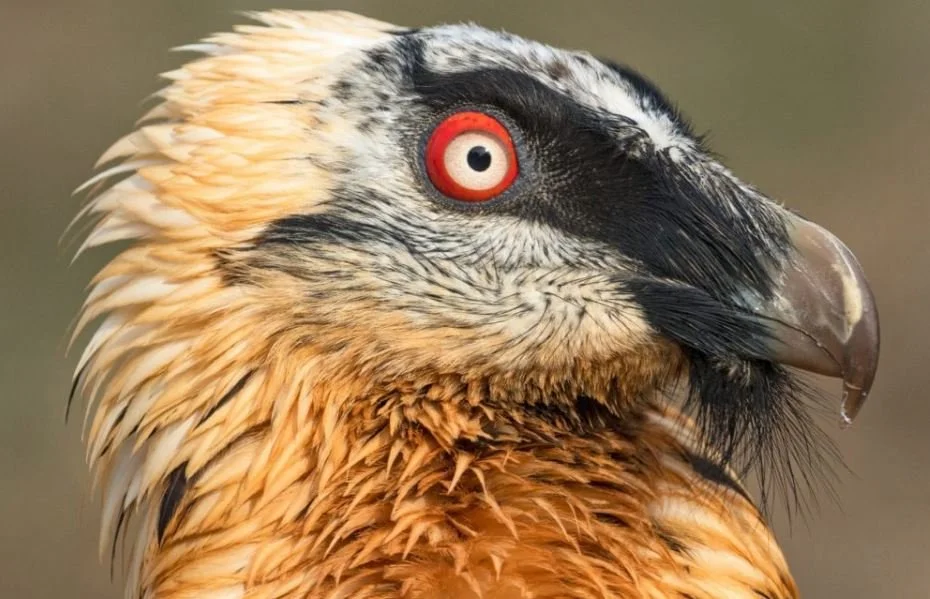Vulture Decline in India Killed Off Half a Million Humans
When the population of vultures in India collapsed in the early 2000s, their absence led to the deaths of some 500,000 people, according to new research published in the American Economic Review.
In the mid-1990s there were about 50 million vultures on the subcontinent, but this robust population plummeted to near zero when livestock farmers began using diclofenac, a cheap non-steroidal pain killer for cattle that happens to be fatal to vultures. Birds that fed on medicated carcasses suffered kidney failure and died. Without nature’s undertakers around to clean up rotting corpses, deadly bacteria and attendant infections spread, leading to the deaths of about half a million people.
“Vultures are considered nature’s sanitation service because of the important role they play in removing dead animals that contain bacteria and pathogens from our environment – without them, disease can spread,” says study co-author Eyal Frank. “Understanding the role vultures play in human health underscores the importance of protecting wildlife, and not just the cute and cuddly. They all have a job to do in our ecosystems that impacts our lives.”
A vulture’s job is so crucial that we consider the bird a keystone species, meaning it has an outsized impact on an ecosystem and food chain. The deadly drug was banned for veterinary use in 2006, but vulture populations have since struggled to rebound. At least three species have lost more than 90% of their numbers, according to the latest State of India's Birds report.
The authors of the new study believe local extinction events like the vulture collapse can demonstrate how humans benefit from biodiversity, “potentially allowing us to make better policies before a species goes extinct everywhere in the wild.”
These vultures may be a keystone species but they’re not easily marketable as the face of conservation. “The vulture is not a particularly attractive bird and evokes rather different emotions at first sight than do more charismatic poster animals of wildlife conservation such as tigers and panda bears,” the authors note.
Photo credit: elefriends101 / Creative Commons







